Devananda
TPF Noob!
- Joined
- Dec 29, 2006
- Messages
- 187
- Reaction score
- 0
- Location
- Jackson hole wyoming
- Can others edit my Photos
- Photos NOT OK to edit
just some thoughts...
I finely got me D80
I also got a nikon 18-70
now the big question I really like shooting wildlife and was looking to get a lens with some reach. my first thought are to go with:
nikon 70-300 G as it has good reviews and is pretty cheap.
other lens that are making me wounder are:
nikon 70-300 VR cost doube the G
nikon 80-200 F/2.8
is the VR worth the money???
any thoughts from you pros out there would be great. :thumbup:
I finely got me D80
I also got a nikon 18-70
now the big question I really like shooting wildlife and was looking to get a lens with some reach. my first thought are to go with:
nikon 70-300 G as it has good reviews and is pretty cheap.
other lens that are making me wounder are:
nikon 70-300 VR cost doube the G
nikon 80-200 F/2.8
is the VR worth the money???
any thoughts from you pros out there would be great. :thumbup:


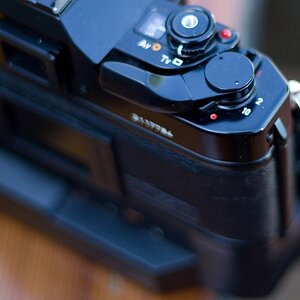
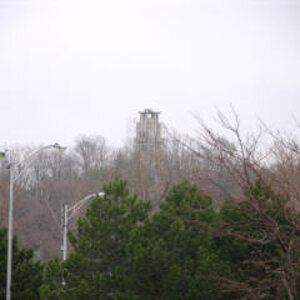
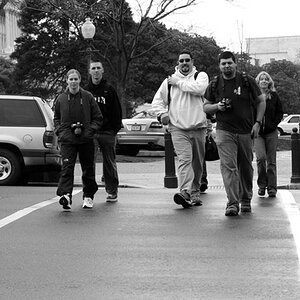
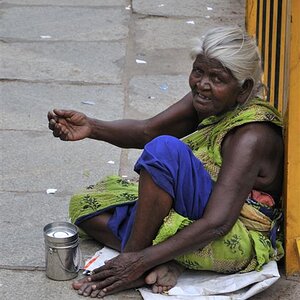
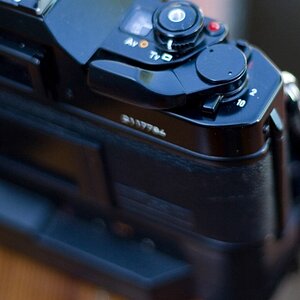
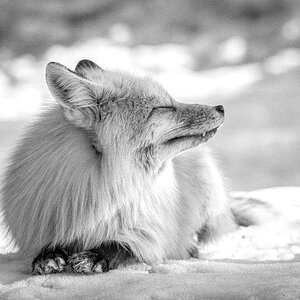

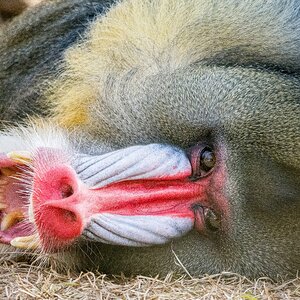
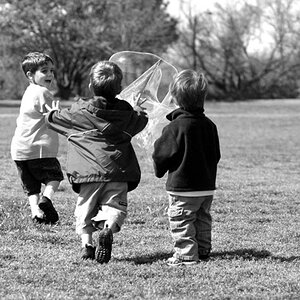
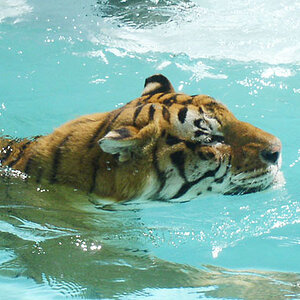
![[No title]](/data/xfmg/thumbnail/32/32177-3a3d923fa1584c6ef7d6602aaa24fbc6.jpg?1619735235)
![[No title]](/data/xfmg/thumbnail/37/37613-6b200847731e552bb4bf9ba3bdb80183.jpg?1619738150)